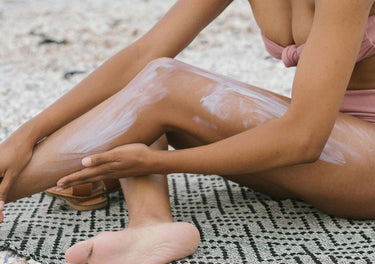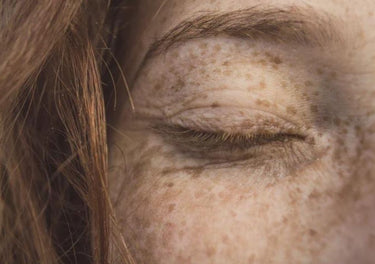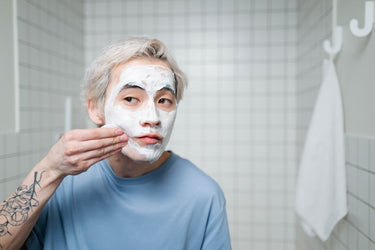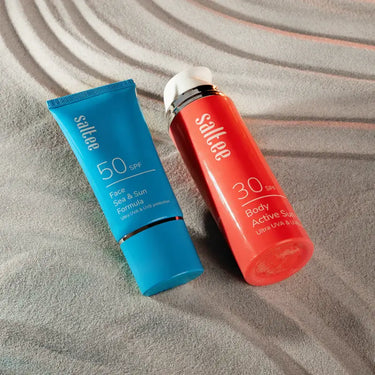A Guide To Skincare Expiration Dates
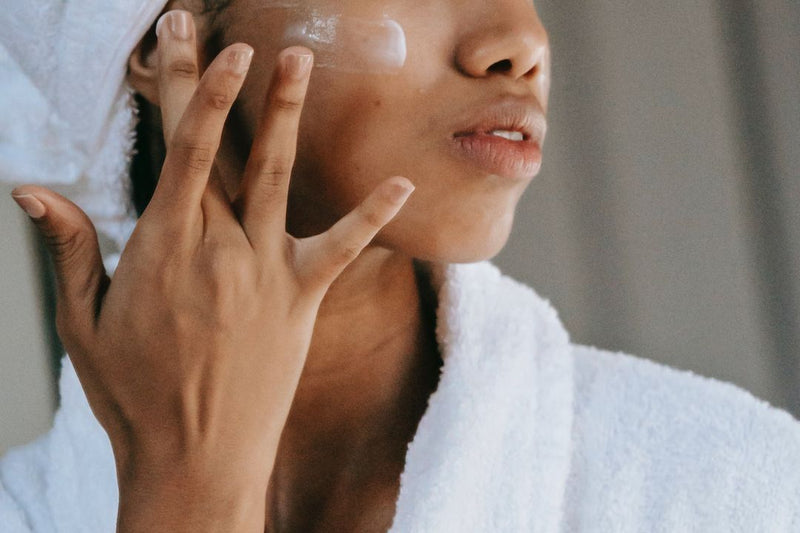
Once you’ve found the perfect skincare routine, you might be tempted to keep using your products until they’ve completely run out, which is perfect in the ideal circumstances. But sometimes, it might take a little longer to use up a product than you first anticipated. And whilst it’s great to ensure that you’re getting the most value out of your skincare routine, did you know that using expired skincare products can actually do more harm to your skin than good? Keep reading to discover our guide to skincare expiration dates so that you can get the very best results out of your beauty favourites.
We recently surveyed over 2,000 people to learn more about their skincare routines and found that a massive 83% of people don’t keep track of the expiry dates of their products and fail to regularly check the expiry date labels to ensure they’re still in date.
If you, like many of us, struggle to keep track of exactly how long you’ve been using your beauty products, we’re here to help.
What Can Happen If You Use Expired Skincare?
Using expired skincare (or skincare you don’t even know has expired, as sometimes, it can be incredibly difficult to tell) might be common, but it can be problematic. The reality is that every single beauty and skincare product has an expiration date, and continuing to use any product indefinitely isn’t going to be effective or helpful to your skin.
Below, we’ve shared details of how using expired products can cause harm to your skin and how you can easily check and keep track of your products at home for a safe, effective skincare routine.

Over time, your skincare and beauty products become less effective as the ingredients begin to expire, meaning that not only will they no longer help you to look your best, but in some cases, they can actually cause damage and irritation to your skin.
When it comes to keeping track of the shelf life and expiry date of your beauty and skincare products, some carry a much greater risk than others. From irritation and infection to more severe side effects like burns. Our Head of Face the Future Clinic, Kimberley, has broken down exactly what skincare products you need to be most careful with and how long they last.
High Risk Skincare
SPF
Average shelf life: 3 months
Signs of expiration: change in consistency
Risks: Sun damage
Rating: 10/10
Acne treatment
Average shelf life: 6 months
Signs of expiration: none
Risks: skin damage
Rating: 8/10
Mascara
Average shelf life: 3 months
Signs of expiration: change in texture
Risks: irritation
Medium Risk Skincare
Toners
Average shelf life: 12 months
Signs of expiration: none
Risks: irritation or dryness
Rating: 7/10
Face Peels and Face Masks
Average shelf life: 3 months
Signs of expiration: change in colour and smell
Risks: irritation or reaction
Rating: 7/10
Natural Products
Average shelf life: 6 months
Signs of expiration: none
Risks: ineffectiveness
Rating: 5/10
Low Risk Skincare
Vitamin C
Average shelf life: 3 monthsSigns of expiration: change in colour
Risks: ineffectiveness
Rating: 3/10
Scrubs
Average shelf life: 24 months
Signs of expiration: change in smell
Risks: irritation and bacteria
Rating: 2/10
Hyaluronic Acid
Average shelf life: 12 months
Signs of expiration: change in texture
Risks: little risk
Rating:1/10
How Can I Tell If A Skincare Product Has Expired?
Some skincare products will show clear signs that they’re past their best. If you notice changes in the colour and consistency of your product, or a change in the smell, this is a good sign that it’s time for a replacement.
While it might be tempting to ignore these changes, you could actually be limiting the effectiveness of your skincare routine, leading to dull, dry, or breakout-prone skin. Or if it’s an SPF, you could be risking your skin getting burned which leads to accelerated skin ageing, and can also lead to serious diseases, like skin cancer.
It’s important to remember that some products, such as cleansers and scrubs, might not show clear signs of expiry but can still start to irritate your skin. Once a product has expired it will become completely ineffective as the active ingredients will no longer work as they should.
What Do The Symbols On My Products Mean?
On a product you might find a few symbols that could easily be mistaken for an expiration date but don’t let this confuse you – here’s what they really mean.
Period After Opening (PAO)
Look for this little open tub symbol to understand how long a product is safe to use after it’s been opened. The number followed by the letter M (for months) acts as guidance for how long a product can continue to be enjoyed after the first use.

Image source: https://www.recycle-more.co.uk/
Best Before Date
While you might not find this on all your skincare products, the hourglass symbol tells you how long you have to use a product. It is only required on products that have a shelf life of less than 30 months.
While these timeframes can be really useful, they don’t tell the whole story. To find out the exact skincare shelf life of your product, you might need to do a little more digging.
All brands have different regulations on expiry dates meaning there isn't a set rule for where an expiry date would feature on the packaging. If you can’t see a clearly marked expiry date, look for a batch number and this will help you find out when a product should be replaced.

Image source: https://www.interpack.com/
What Does A Batch Number Do And How Do I Use It?
When it comes to beauty and skincare products, the batch number refers to a combination of numbers and letters that will usually feature both the product and packaging. This code will be unique to an individual product batch and will help decipher when a product is set to expire.
The easiest way to find out the shelf life of any product with a batch number is to use an online batch code calculator (like this one) to tell you exactly when a product was manufactured and therefore how long you have until the expiry date.
If you can’t find the information this way, you can always get in touch with the supplier you purchased the product from - they should be able to reach out directly to the brand to find the information you need.

Image source: https://inventorysol.com/
So, How Exactly Do I Find Out If A Product Has Expired?
There are two main factors to consider when it comes to figuring out exactly when a product is set to expire. The expiry date, which starts from the moment the product is manufactured, and the period after opening (PAO), which is only relevant once a product is being used.
As a rule, you’ll always want your expiration date to be longer than the open date to ensure that you have enough time to use a product before it expires.
For example, if a face cream is set to expire in May and has a PAO of three months, you would want to open it no later than January to ensure you have enough time to get through the product before it’s no longer effective.
Even if it looks and smells normal, there’s no value in continuing to use skincare products that have expired.
What Can I Do To Help Make My Products Last As Long As Possible?
Whilst knowing when your products will expire is useful, storing your skincare incorrectly can seriously reduce their shelf life.
Generally, skincare should be kept in a cool, dark place to ensure its stability and keep it working effectively for as long as possible. If you keep your products in direct sunlight or in a humid bathroom, you risk altering the formula and damaging the active ingredients.
Always try to go for products that come in smaller quantities to ensure you are minimising waste - usually if used as instructed, there should be no issue using the whole product in the suggested time frame.
If possible, opt for packaging that uses pipettes and pumps. This reduces the chance of a product oxidising too quickly and becoming ineffective.
If your favourite product is only available in a jar, be really mindful about using your hands to collect the product. Instead, opt for a spatula and don’t double dip! After each use, be sure to wash the spatula and allow it to dry fully before putting it away.
With multiple products opened at different times, it’s super easy to forget exactly when you started using that new serum or cleanser. So why not try adding a skin care expiration date sticker to your products to help you keep on track?
Even with the best will in the world, it can be tricky to keep on top of the skincare expiration dates on all your products, but we hope that you’ve found our guide helpful.
Ready to read another blog post? We think you might enjoy our interview with MIRROR WATER's founder, Estée Lalonde. Learn all about the brand and why self-care is vital for your health.








